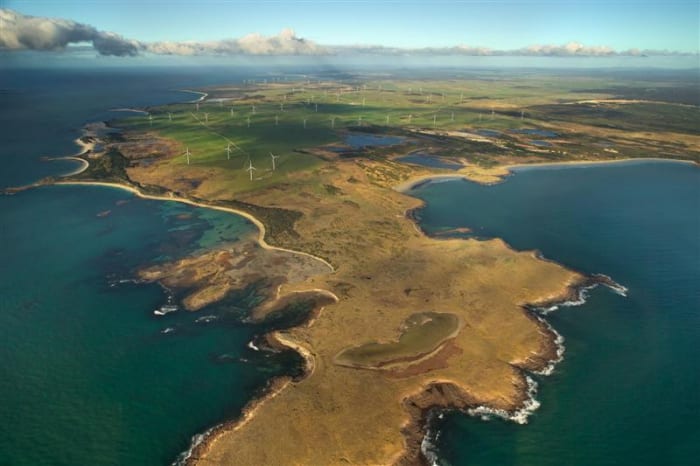Lately we have been subjected to Prime-ministerial statements on energy policy that jump from Snowy 2.0 to propping up aged coal-fired power stations in NSW, to government support for a new “clean” coal power station in Queensland and back to pumped hydro in Tasmania. Long term strategy seems to have gone missing.
The latest announcement is a feasibility study of pumped hydro in Tasmania supported by ARENA.
Is investing in Tasmania as the ‘battery of the nation’ likely to be a sensible idea?
Tasmania itself doesn’t need more centralised energy storage. At full capacity, our dams hold more than a year’s supply of electricity. Tasmania’s problem is lack of renewable generation, which leaves our energy security dependent on imports from Victoria and increasingly expensive gas fired electricity.
The mainland grid would certainly benefit from more large scale renewable generation backed by storage. Implementing this would require both a bipartisan consensus on closing down aged coal infrastructure and a long term policy in support of low emission renewable energy.
Sensible, bipartisan, long term planning doesn’t appear likely to break out any time soon. Even if it did, the next questions are what is the best form of storage and where should it be located?
Pumped hydro is the most cost-effective form of large scale energy storage but it requires a stable investment climate, and in some locations, significant investment in transmission infrastructure.
Snowy 2.0 does have the advantage of being well connected to the NSW and Victorian grids. If the national battery is located in Tasmania it would require a billion dollar second interconnector to the mainland.
The sorts of big national project preferred by politicians are not the only solution. Our electricity system is rapidly moving from centralised energy generation to distributed generation and storage.
CSIRO and the Australian electricity network operators have developed one of the most credible scenarios for the future of the grid.
It anticipates that by 2050, 30-45% of our electricity would come from customer owned generators. The plan identifies the need for incentives to ensure that customer battery systems provide benefits to the network as well as to customers.
A recent ANU study has identified 22,000 potential sites for off-river pumped storage around Australia in a range of sizes. Only a few of these are likely to provide viable but they offer possible advantages in being smaller investments that can address local requirements and reduce rather than increase the need for network enhancements.
If there is a role for large scale pumped hydro storage, is Tasmania likely to be the most cost effective place to build it?
As Everett Dirksen never actually said, “A billion here, a billion there, pretty soon, you’re talking real money”. At over $1bn for a second interconnector, $2bn for a 600 MW wind farm on King Island or over $1bn for the Robbins Island and Jim’s Plain wind farms, and Hydro Tasmania’s estimate of $5bn to build 2500 MW of pumped storage, we are talking ‘real money’.
And it is ultimately our money, whether the infrastructure is built as a regulated asset (added to our electricity bill), by government grant (our taxes) or by private investment (including our super).
Investments on this scale take the best part of a decade to plan, fund and build, and are paid for by users over a 40 year period or more.
We need to be very sure that this is the most cost effective way to meet our energy security in an electricity market where the significant trends are to increased energy efficiency, local generation and storage, and demand management.
The detailed analysis of pumped hydro funded by Hydro Tasmania and ARENA will be a welcome contribution to the public debate. But big schemes may well have had their day.
Hydro Tasmania dropped work on the King Island project and the Tamblyn report on the viability of a second interconnector was lukewarm on its viability to say the least.
My prediction is that the market will have provided decentralised solutions to the challenge of reliable, affordable clean electricity long before these big schemes see the light of day. The flurry of announcements and feasibility studies mainly serves to convince the public that the politicians are dealing with the problem.
Jack Gilding is the Executive Officer of the Tasmanian Renewable Energy Alliance but the views in this article are entirely personal. This article first appeared in The Mercury and is republished here with permission of the author,










